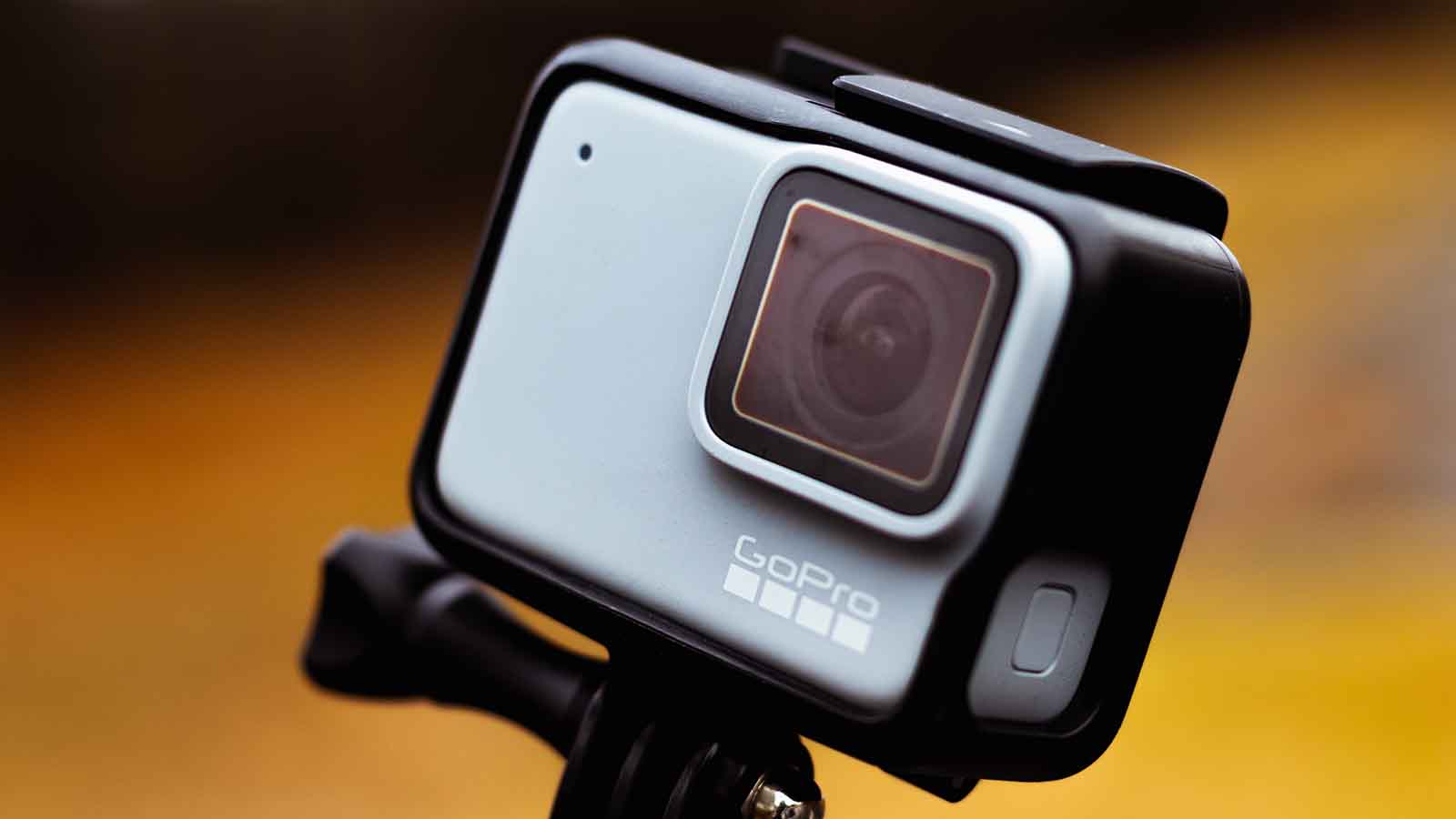Last Tuesday, GoPro (NASDAQ:GPRO) announced it had crossed 500,000 subscribers for the first time. GoPro stock jumped 30% as investors rushed to buy the stock of the flagging camera company.

But don’t be fooled by management’s sleight of hand: these subscriber numbers now count the free memberships that come with buying GoPro cameras.
The reality is that GoPro is a dying company. Since peaking in 2018, camera sales have steadily declined for the once-hot company. And when the coronavirus pandemic hit, GoPro sales fell off a cliff.
With camera sales down 59% since this time last year, investors should run, skate, bike or hang-glide away from this company. GoPro might have a fantastic product. But pandering to Wall Street won’t save GoPro stock from fizzling out.
A Limited Market
As a high-growth tech investor, I’m continually looking for products and services that excite and delight customers. Everything from Apple’s (NASDAQ:AAPL) iPhone to Tesla’s (NASDAQ:TSLA) Model S.
GoPro’s cameras and services DO fulfill this need. There aren’t many ways to take stabilized, high-resolution 4K videos without quickly running out of battery, and GoPro’s flagship cameras provide a relatively splendid solution.
But great products also need a great market. And there’s where GoPro falls short. The company’s single-minded focus on action cameras has artificially limited the company to the adventure crowd.
“They’ve pushed themselves into an ever-receding corner,” writes Usman Dawood, a reviewer at PetaPixel, a photography company. “When times were good, it seems they didn’t invest enough into new meaningful products or different product lines. They had the opportunity to develop drones before the market was essentially cornered by DJI, but they didn’t.”
And company sales have shown that trend. After peaking in 2018 with 4.3 million camera units sold, sales weakened to 4.2 million units the following year. The coronavirus pandemic has pushed sales down even further, despite a stronger-than-expected recovery in ATVs and other adventure-based gear.
The Company’s Inflated Expectations
How has GoPro dealt with the situation? Not the way you would expect.
When times are bad, the best tech CEOs work even harder to create market-beating products. Apple did this in 2001 when it released the iPod amidst the dot-com crash and declining CD sales.
But there’s also a temptation by the same CEOs to try pandering to Wall Street investors instead. After all, it’s often far more manageable. And unfortunately, GoPro decided to take the easy way out and focus on its stock price instead of its products.
Starting in April, the company began selling discounted cameras directly on its website to try cutting out middleman fees and boost sales. Instead of buying a HERO8 for $350 at REI, customers could get one now from GoPro.com for $250 and get a free SD card. The company didn’t stop there. In September, GoPro also began giving away free subscriptions to GoPro.com, where users would get unlimited cloud storage and low-cost camera replacements.
There was just one problem: the camera company couldn’t raise profits to offset the discounts. In Q2 2020, gross margins shrank to 30.3%, down from 32.2% in the prior quarter.
GoPro Stock: Spinning Good News from Bad
In my years of investing, I’ve seen countless episodes where high-growth tech companies temporarily fool investors. And GoPro’s management highlighting its “subscriber growth” smacks of deception. That’s because it doesn’t take a financial expert to realize that GoPro’s subscription model has some severe issues. In other words, selling 1) unlimited cloud storage, 2) total camera replacement, and 3) 50% from GoPro.com for $50/year doesn’t make financial sense.
First, consider unlimited cloud storage. Data storage prices typically cost $0.023 per gigabyte per month. GoPro’s Hero9 shoots at 100 mbps (or 0.75 gigabytes a minute). That means storing just 8 hours of full-quality video would cost GoPro almost $100 annually (0.75 Gb/min * $0.023/gb * 60 minutes * 8 hours * 12 months), or twice what it earns from subscriptions. (The company might find cheaper storage but will need a game-changer to make it profitable, i.e., ads within GoPro videos).
Next, consider the steep discounts. If GoPro earns 30% gross margins on a $300 average selling price, that’s $210 of costs per camera. Charging $80 to $100 for a total camera replacement won’t cover its costs.
Finally, there’s the customer lifetime value. If GoPro users typically change their cameras every two to three years (the typical length of time for smartphones), GoPro would go from receiving $120 per year from customers ($300 average sale price / 2.5 years) to just $90 ($50/year subscription + $100/2.5 total camera replacement).
Can GoPro Survive?
I’m not suggesting that all subscription models are flawed. Companies from Adobe (NASDAQ:ADBE) to Microsoft (NASDAQ:MSFT) have successfully switched users from perpetual licenses to monthly plans. But these firms are also careful to charge customers what the product is worth.
For instance, Adobe’s Creative Cloud costs users $600 per year, a princely sum that initially worried customers and pundits alike. (The premium-priced strategy would go on to prove a success.)
GoPro, on the other hand, looks like it’s discounting to brag to Wall Street about how many subscribers its gained.
Can GoPro stock succeed? Certainly. A renewed focus on developing a broader range of products could propel the firm to new heights. Companies like Anker managed to grow to a $1 billion valuation by pushing out high-quality products to customers, and GoPro has a proven knack for similar innovation. The camera company also still earns 30% gross margins, meaning it’s still making money for each camera sold.
But time is running out. The company’s terrible 2020 sales have left it with just $80 million in cash – barely enough to cover six months of operations. And without any new earth-shattering products on the market, it’s hard to see a near-term turnaround. Its stock will likely fall 40% to $3.80, the latest fair value estimate by Morgan Stanley analysts.
It’s time for GoPro stock to stop trying to fool Wall Street and instead, build new products to expand their customer base. Because in the end, they’re only fooling themselves.
On the date of publication, Tom Yeung did not have (either directly or indirectly) any positions in the securities mentioned in this article.
Tom Yeung, CFA, is a registered investment advisor on a mission to bring simplicity to the world of investing.
